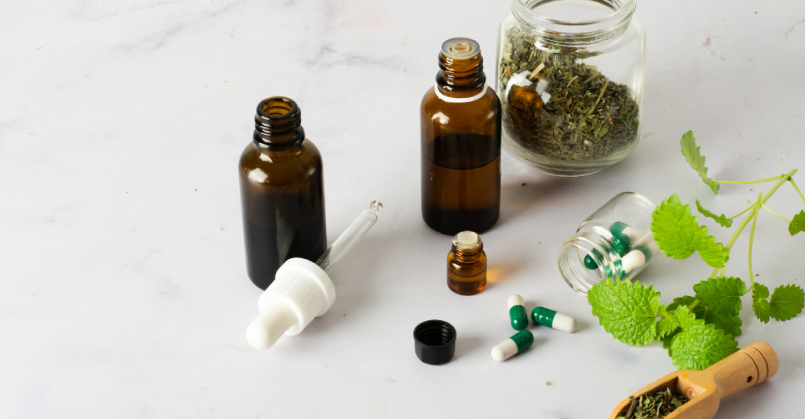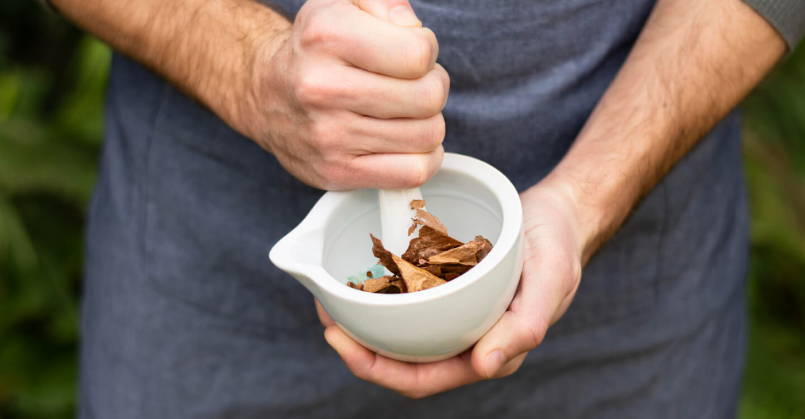
By Ayur wakeup | September 17, 2025
Have you ever wondered why it has been practised for thousands of years and is still becoming more and more popular around the world?
More than just stretching yoga is a science of harmony that supports the body, mind and spirit. Whether your goal is increased flexibility, stress reduction or general well-being, our yoga session provides a comprehensive route to balance and health.
Table Of Contents:
Why Is Yoga Important?
- Because it provides comprehensive physical and mental advantages such as enhanced strength flexibility and cardiovascular health as well as better sleep yoga is significant because it lowers stress anxiety and depression.
- By combining breathing exercises, meditation and physical postures it cultivates emotional stability, self-awareness and focus to support wellbeing and a positive outlook on life.
Best Yoga Asanas (Postures)
Savasana (Corpse Pose):
- Perhaps the most significant yoga pose is Savasana which calls for stillness and is a prelude to meditation.
- For grounding it is frequently used at the beginning and conclusion of practice.
- Any time of day is a good time to take a break for your mental health and Savasana is a simple way for most people to do so.
- Hold for at least five minutes.
- Lay on your back with your arms wide palms facing up and legs a mat’s width apart to perform traditional Savasana.
- Savasana can be performed sitting on the floor or in a chair if it is not possible to lie on one’s back.
Virabhadrasana (Warrior Series):
- A series of postures known as the Warrior series helps develop full-body strength. For all bodies including those with restricted mobility it is simple to adapt.
- A crucial trifecta of poses for increasing leg strength endurance and focus is Triangle pose Warrior 1 and Warrior 2.
- From 30 seconds to several minutes hold each pose.
- The first warrior.
- Stepping two to three feet behind the other as though side to side on railroad tracks the feet are hip-distance apart.
- Arms raised above the head, fingers pointing skyward, hips still forward, chest pulled up to the chin. Warrior 2.
- The back foot toes point sideways (perpendicular to the front leg) as the back foot walks open two more feet from Warrior 1.
- The hips can follow the open rear leg and the front and rear arms can both reach forward and backward in the same direction. Toward the front arm, the neck and eyes.
- Triangle: From Warrior 2 lower the front ribs toward the extended front leg, push the front arm into the front leg and move the upper body back towards the back foot.
- The rear arm extends upward and away from the ground. Bend the front knee to make a change.
Utkatasana (Strong Position):
- Leg strength and endurance are increased by this crucial posture which is simple to adjust.
- 30 seconds to 2 minutes of holding.
- Put your feet hip-width apart or together when you stand.
- For a squat pull your hips back into alignment with your heels as though you were seated in a chair.
- For balance extend all fingers forward and away from the body or draw hands to touch the chest.
Setu Bandhasana (Bridge Pose):
- This pose is ideal for strengthening your glutes and core.
- Office workers everywhere will love it because it is ideal for people who spend a lot of time reading or sitting in front of a computer.
- Hold for 15 to 30 seconds then do it again.
- Place yourself on your back with your feet hip-width apart but tucked in near your buttocks and your knees bent.
- Raise the hips off the ground and press the hands into the floor next to the body.
- Continue lifting the hips and squeeze the inner line of the legs in toward each other.
- Drawn hands can be used to touch underneath and raise higher.
Eka Pada Rajakapotasana (Pigeon Pose):
- Particularly for increased mobility as we age hip openers are vital.
- Stretching the piriformis muscle at the rear of the thigh is possible with pigeon pose and its variations.
- Hold for at least one to five minutes on each side.
- Start on a tabletop for the classic pigeon pose.
- Open the foot as much as possible to the other hand while drawing one knee toward the same side hand.
- The back leg should be straight behind you and the hips should be level.
- Lean the chest forward for a more vigorous stretch or remain upright on the arms.
- Flip sides. Note: If you have knee problems try doing deer pose. When you are sitting, bring both of your feet to the center and touch them.
- Adjust one leg so that the opposite foot touches the opposite knee behind you.
- Although both feet should be at a 90° angle you can make as many adjustments as necessary to maintain knee comfort.
- Repeat on the opposite side after holding for three to five minutes.
Marichyasana (seated twist):
- We frequently use the motion of twisting throughout the day but frequently without realizing it.
- Practice this position on both sides to strengthen your stabilizer muscles.
- Hold each side for one to three minutes.
- Sit with your legs crossed to begin.
- Turn the chest and the hands and hold for a simple twist.
- Keep your foot on the floor near your body and bend one knee to your chest for a more complex twist.
- Turn into the knee and use your hands to steady yourself.
Advantages Of Asanas Or Postures
| ASANAS or POSTURES | ADVANTAGES |
|---|---|
| Savasana | Increasing focus of mind, relax the body, improve sleep, improve blood circulation and blood pressure, and reduce back pain |
| Virabhadrasana | Strengthens legs and glutes, opens the hips, improves balance and stability, strengthens the core, improve coordination and boosts blood circulation |
| Utkatasana | Strengthens lower body, builds core strength, improves posture, increase blood circulation, develops concentration and stimulate the digestive organs |
| Setu Bandhasana | Burns belly fat, eases neck pain, reduces stress, strengthens core and thighs, and boosts digestion |
| Eka Pada Rajakapotasana | Deep hip opening, stimulates internal organs, strengthens leg muscles, improves spine flexibility, stretches the chest and shoulders, and increase mental focus |
| Marichyasana | Improves spinal flexibility, detoxifies the body, improves hip flexibility, calms the mind, tones the abdominal muscles, and enhances digestion |
Benefits Of Yoga
Benefits for the body:
- Makes posture and flexibility better.
- Increases joint and muscle strength.
- Increases blood circulation and lung capacity.
- Controlling weight.
Benefits for the mind:
- Decreased anxiety, depression and stress.
- Increases concentration, memory and focus.
- Encourages calmness and inner tranquility.
FAQ
Why is yoga important?
Yoga enhances posture, lowers stress, increases immunity, fosters mental clarity and helps maintain physical fitness. Even 15 to 30 minutes of practice each day can have a significant impact.
Can beginners do yoga?
Yes, yoga is suitable for people of all ages and fitness levels. Asanas like Shavasana are the basic level that beginners can begin with and work their way up to.
How often is it best to do yoga?
Do yoga at least four to five times a week for optimal benefits. Long but erratic sessions are less effective than even 20 minutes a day.


